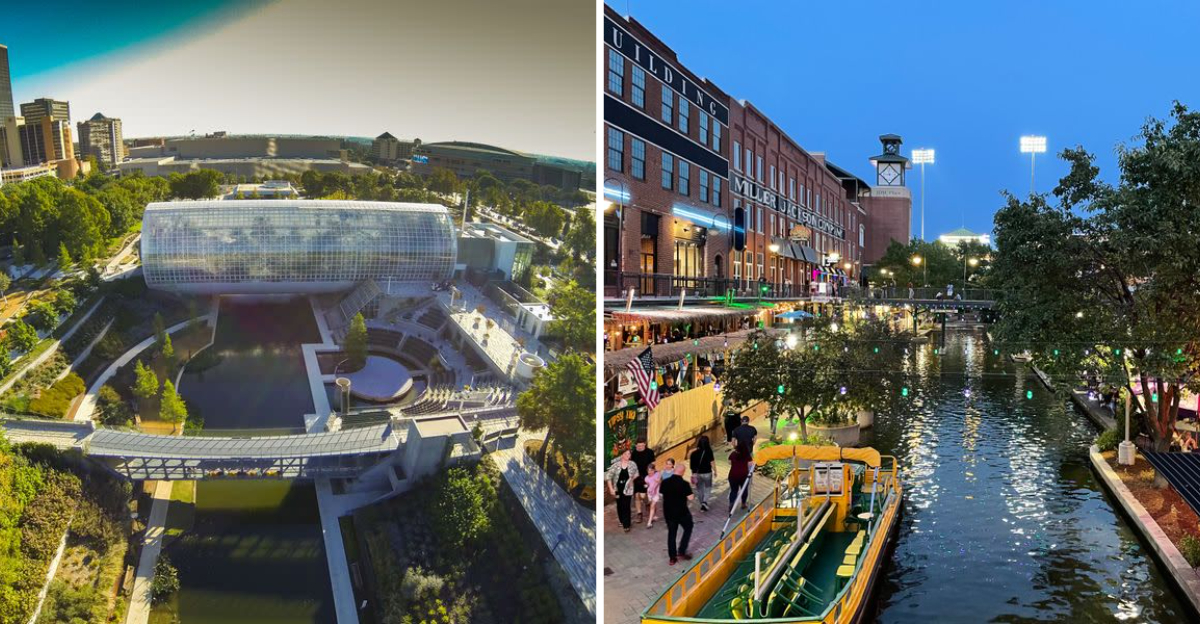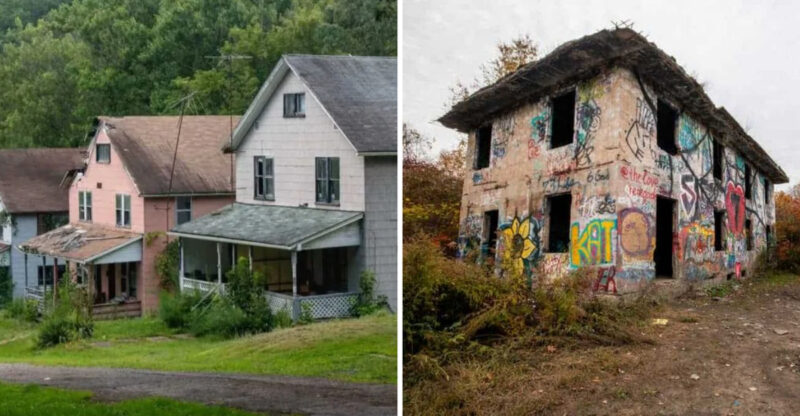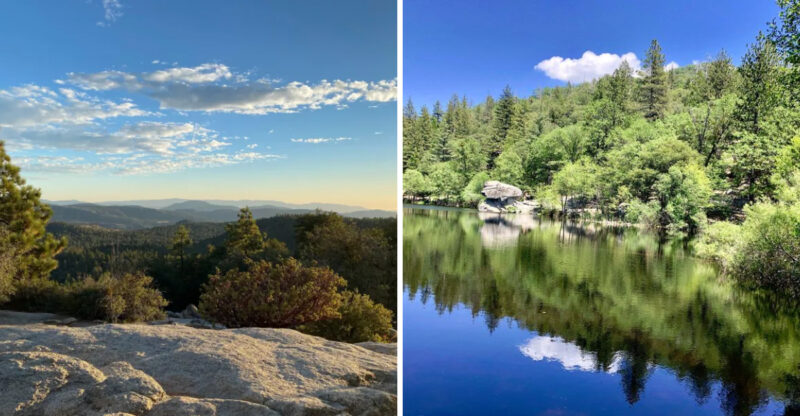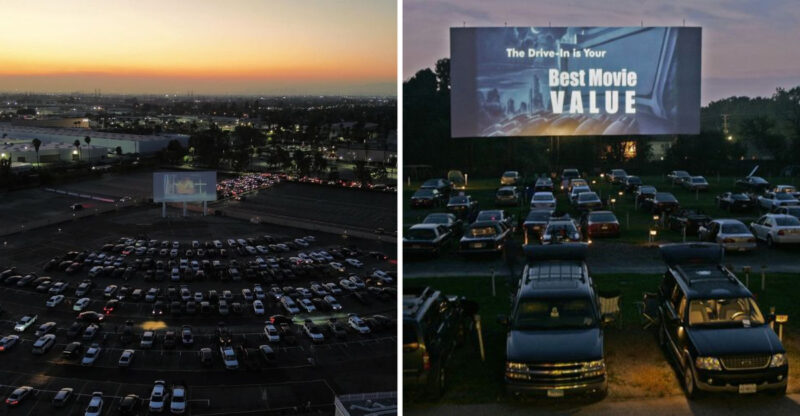Overhyped Oklahoma Attractions Locals Say Just Aren’t Worth It

Oklahoma has plenty of roadside stops and tourist spots that promise big experiences. However, not everything lives up to the hype, especially when you ask people who actually live here. Some attractions charge too much for what you get, while others feel outdated or just plain boring.
I’ve gathered honest opinions from locals about places that might disappoint you, so you can skip the letdowns and save your time for better adventures.
1. Frontier City Amusement Park
If you’re expecting thrills like the big theme parks offer, Frontier City will leave you scratching your head. This Wild West-themed spot opened back in 1958, and honestly, many of the rides feel like they haven’t been updated since then. Locals complain about constant maintenance problems and rides breaking down mid-visit.
The ticket prices keep climbing, but the experience stays stuck in the past. Families often leave feeling like they overpaid for worn-out attractions. When compared to modern amusement parks, Frontier City just doesn’t measure up anymore.
You might enjoy it if you love nostalgia, but don’t expect Disney-level magic or excitement here.
2. National Cowboy & Western Heritage Museum
This museum houses thousands of Western artifacts and cowboy memorabilia that look impressive at first glance. However, many visitors notice the exhibits present a very romanticized version of the Old West. The uncomfortable truths about frontier history often get glossed over or ignored completely.
It’s a beautiful building with amazing art, but the storytelling feels one-sided. Locals say the museum focuses too much on cowboy legends without acknowledging the full historical picture. You won’t find much discussion about the impact on Native American communities or the harsh realities of westward expansion.
The admission price is steep for what amounts to a glorified cowboy fantasy.
3. Route 66 Museum in Clinton
When you walk into this museum celebrating America’s Mother Road, you expect a journey through history. Instead, what you get feels more like a glorified gift shop with some old photos on the walls. The exhibits look tired and haven’t been refreshed in years.
Locals roll their eyes at the admission price because you can see everything in about fifteen minutes. Most of the space is dedicated to selling souvenirs rather than sharing meaningful stories. The vintage cars are cool, but there’s not enough context or interesting information to make it worth your money.
You’re better off just driving Route 66 itself and stopping at free roadside attractions instead.
4. Cherokee Trading Post
Are you looking for authentic Native American culture and art? This isn’t the place to find it, according to most locals. The big tepee out front draws tourists off the highway, but what’s inside feels like a tourist trap designed to empty your wallet.
Most of the “Native American art” sold here is mass-produced overseas, not created by actual tribal artists. The prices are ridiculously high for items you could find cheaper elsewhere. Visitors hoping for genuine cultural experiences leave disappointed by the commercialized atmosphere.
It’s attached to a KOA campground, which is convenient for travelers. But don’t expect meaningful cultural representation or fair prices here.
5. J.M. Davis Arms & Historical Museum
With over 50,000 artifacts crammed into this space, you’d think there’s something for everyone. However, the overwhelming focus on guns and weapons makes many families uncomfortable. The collection includes firearms dating back to the 14th century, but there’s little context about their historical impact.
It’s basically room after room of guns in display cases. Kids get bored quickly, and parents wonder what educational value they’re supposed to take away. The museum doesn’t explore the social consequences of firearms or provide balanced historical perspectives.
Unless you’re a serious gun collector, this museum feels more like a warehouse than an engaging attraction.
6. Oral Roberts University Prayer Tower
This 200-foot tower dominates the Tulsa skyline and promises incredible views from the observation deck. Though the architecture is certainly unique with its space-age design from the 1960s, the actual visit often disappoints tourists. The elevator ride up is quick, but what you see at the top isn’t particularly spectacular.
Locals say the views are just okay, nothing you can’t see from other tall buildings. The prayer rooms feel oddly empty and impersonal. Visitors expecting a profound spiritual experience or breathtaking panoramas usually leave feeling underwhelmed.
The tower is free to visit, which is good because paying would make the disappointment worse.
7. Blue Whale of Catoosa
Did you know this giant blue whale has been a Route 66 landmark since 1972? It’s photogenic, sure, but the actual experience takes about five minutes. You pull over, snap a picture, maybe walk around the pond, and then you’re done.
It’s completely free, which is the only reason locals don’t complain more loudly. The whale itself is just a concrete structure that’s been repainted many times. There’s nothing interactive or educational about it.
Social media makes it look more exciting than it really is. You can’t even climb inside anymore. It’s worth a quick stop if you’re already driving by, but definitely not a destination worth going out of your way for.
8. Chickasaw National Recreation Area
How does a national recreation area end up on this list? Well, locals say it’s become way too crowded, especially during summer weekends. The natural springs and swimming holes that once felt peaceful now resemble public pools packed with tourists.
Parking has become a nightmare, and you often have to arrive before dawn to snag a spot. The facilities haven’t kept up with the increasing visitor numbers. Trash and noise have become major problems that detract from the natural beauty.
It’s still pretty, but the experience has been ruined by overcrowding. Oklahoma has better hidden gems where you can actually enjoy nature without fighting crowds.
9. Bricktown Entertainment District
When visitors ask what to do in Oklahoma City, everyone points them to Bricktown. Here’s the truth though: it’s basically a manufactured tourist district filled with chain restaurants and overpriced shops. Locals avoid it unless they’re taking out-of-town guests who insist on going.
The canal boat rides are slow and don’t show you anything special. Most of the restaurants are national chains you could find anywhere. Parking costs a fortune, and everything from drinks to meals is marked up for tourists.
Oklahoma City has much better authentic neighborhoods with local restaurants and culture. Bricktown feels like a shopping mall disguised as entertainment.
10. Philbrook Museum of Art
It’s housed in a stunning Italian Renaissance villa with gorgeous gardens that photograph beautifully. However, the actual art collection inside leaves many visitors wanting more. The permanent exhibits are small and don’t change often enough to warrant repeat visits.
Locals complain about the high admission price for what amounts to a fairly limited collection. You can walk through the entire museum in under an hour. The gardens are lovely, but you’re essentially paying museum prices to see someone’s fancy old house.
Special traveling exhibits occasionally make it worthwhile. But for the regular admission cost, you don’t get nearly enough art or cultural value compared to major city museums.
11. Myriad Botanical Gardens
This downtown Oklahoma City park gets hyped as an urban oasis, but locals have mixed feelings about it. The Crystal Bridge Tropical Conservatory is the main attraction, featuring plants from around the world. However, it’s quite small and charges admission for what amounts to a glorified greenhouse.
You can walk through the entire conservatory in twenty minutes. The outdoor gardens are nice but nothing extraordinary compared to free city parks. Events held here often feel overpriced and overcrowded.
It’s pleasant enough for a lunch break if you work downtown. But as a tourist destination, it doesn’t offer enough to justify making it a priority on your Oklahoma City itinerary.
12. Woolaroc Museum & Wildlife Preserve
Where else can you see buffalo roaming while visiting a museum? That’s the unique pitch for Woolaroc, located in the Osage Hills. The wildlife preserve part sounds exciting, but you mostly just see animals from your car window as you drive through.
The museum itself focuses on Western art and Native American artifacts, but the presentation feels dated and stuffy. It’s a long drive from major cities, and many visitors feel the payoff doesn’t match the effort. The admission price seems high considering the limited interactivity.
Kids get bored quickly because there’s not much for them to do. It’s basically a wealthy oilman’s private collection that got turned into a museum.
13. Turner Falls Park
At 77 feet tall, Turner Falls claims to be Oklahoma’s tallest waterfall, which draws huge crowds every summer. Unfortunately, those crowds have turned this natural wonder into something resembling a chaotic water park. The swimming areas get packed with people, and the water quality has become questionable.
Locals remember when it was peaceful and beautiful, but those days are long gone. Trash is a constant problem, and the facilities are run-down despite rising admission prices. The park feels more like a party spot than a nature preserve.
If you want to see waterfalls, Oklahoma has better options that haven’t been loved to death by tourism.
14. Oklahoma City National Memorial & Museum
This memorial honors the victims of the 1995 bombing, and it absolutely deserves respect and remembrance. However, some locals and visitors feel the museum has become overly commercialized. The outdoor memorial is powerful and moving, but the indoor museum charges admission that feels uncomfortable given the tragic subject matter.
The gift shop selling memorial merchandise strikes many people as inappropriate. While the historical information is important, the presentation can feel exploitative. Some visitors leave feeling like their grief was monetized.
The outdoor memorial is free and truly touching. But the paid museum portion generates mixed feelings about whether tragedy should be a ticketed attraction.






